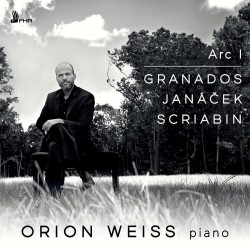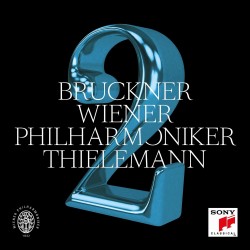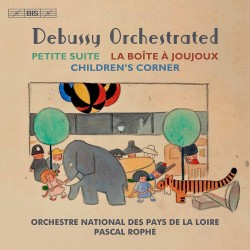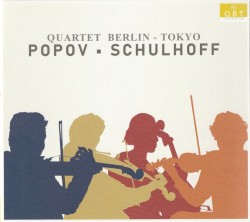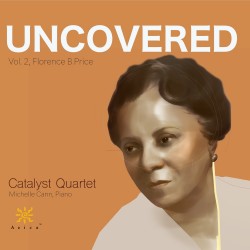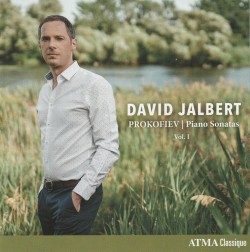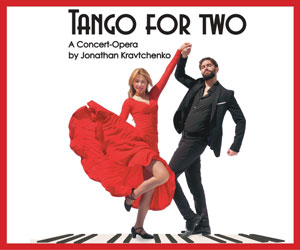Clara Robert Johannes: Lyrical Echoes - Adrianne Pieczonka; Liz Upchurch; Canada’s National Arts Centre Orchestra; Alexander Shelley
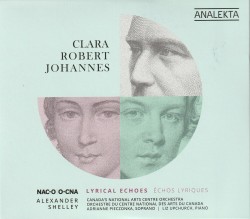 Clara Robert Johannes – Lyrical Echoes
Clara Robert Johannes – Lyrical Echoes
Adrianne Pieczonka; Liz Upchurch; Canada’s National Arts Centre Orchestra; Alexander Shelley
Analekta AN 2 8880-1 (analekta.com/en)
Is it by accident that the lead-in to the album title Lyrical Echoes begins with the name of Clara Schumann – ahead of her more celebrated peers, husband Robert and Johannes Brahms? Even if the avowed aim of the proposed four-part series is to show how “closely intertwined personal and artistic connections between the three musical giants” were, I prefer to think it as poetic justice.
Clara Schumann (nee Wieck) was one of the world’s leading pianists of her day, admired by Goethe, Mendelssohn, Paganini and others. As a young woman she was known for her inclination to melancholy. She was proclaimed wundermädchen by the Emperor of Austria and praised by Liszt for her “complete technical mastery, depth and sincerity of feeling.”
Indeed her songs here highlight the ravishing daintiness and poetic feeling of her work. Her skilful use of rhythm, harmony and pianistic colours raises these miniatures to the divine, with the lustrous soprano Adrianne Pieczonka and masterful pianist Liz Upchurch performing them with such a whispered intimacy that you feel almost like an eavesdropper throughout.
Robert Schumann was a genius in his own right, albeit feeling himself a failure throughout his life. The Symphony No.2 is the darkest work he ever wrote. In each section of this poetic work the National Arts Centre Orchestra soars under Alexander Shelley. The orchestra’s Brahms Symphony No.2 is refined and lustrous, capturing the composer’s epic vision as Shelley maintains its flow and noble grandeur.


